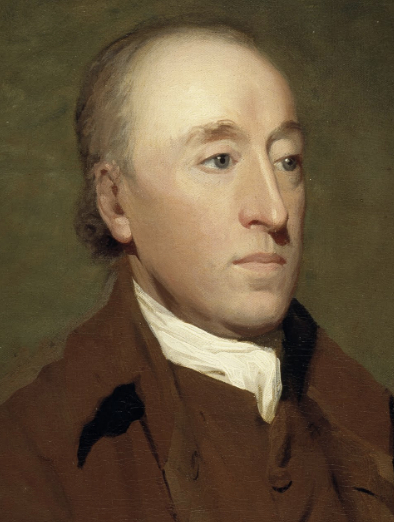On this date in 1726, James Hutton was born in Edinburgh, Scotland. He enrolled at Edinburgh University in 1740 to study law but switched to medicine, earning his M.D. in 1749 in Leiden, in what is now the Netherlands. Hutton never practiced medicine, instead devoting himself in turn to the manufacture of ammonium chloride, the study of new agricultural methods and the construction of canals. Hutton became interested in geology in the 1750s, journeying through England, Wales and Scotland to study rock formations.
One of Hutton’s major contributions to the field of geology was the discovery in 1785 that granite is an igneous, rather than sedimentary rock (formed from cooling magma, not from compacted sediments). Hutton is perhaps best known for the theory of Uniformitarianism, or the idea that the only processes that can have acted on the Earth’s surface are processes we see around us today — for example, erosion, deposition of sediments and volcanic activity.
The prevailing 18th-century theory was Catastrophism: the idea that many great catastrophes, such as floods, caused relatively rapid rock formation and landform change. In England especially, geologists were eager to reconcile their theories with the biblical accounts of Genesis; theories that posited catastrophic floods remained popular because they fit well with the biblical story of Noah. Theories such as Hutton’s, which required vastly more time than the bible allowed, were seen as especially suspect.
Hutton was a deist, who believed that the world had been created for humans’ eventual emergence; however, he did not believe that God interfered in the world, so that the miraculous-seeming events of Catastrophism seemed impossible to him. Hutton explained his geological theories in Theory of the Earth, the first two volumes of which were published in 1795. The third was published posthumously in 1899. He was a famously abstruse writer, whose works were not much read, but John Playfair, his biographer, published Illustrations of the Huttonian Theory of the Earth in 1802, which popularized Hutton’s difficult material.
Hutton never married, living with his sisters for much of his adult life. He did, however, father a child, also named James Hutton, during his student years. D. 1797.

